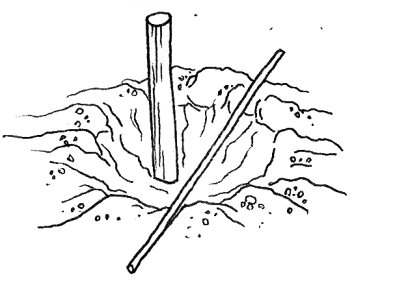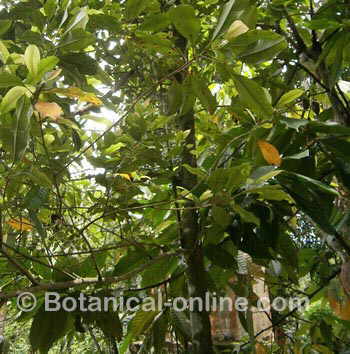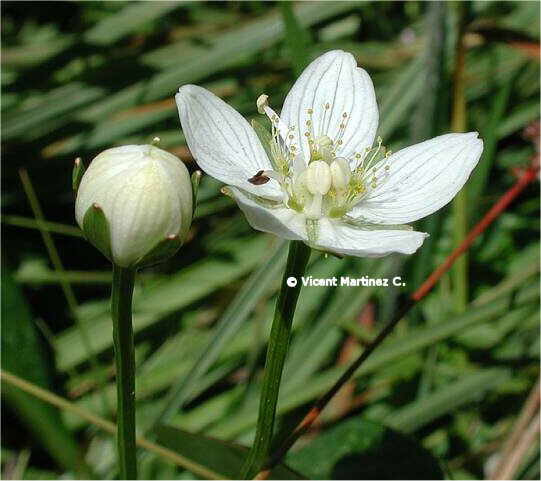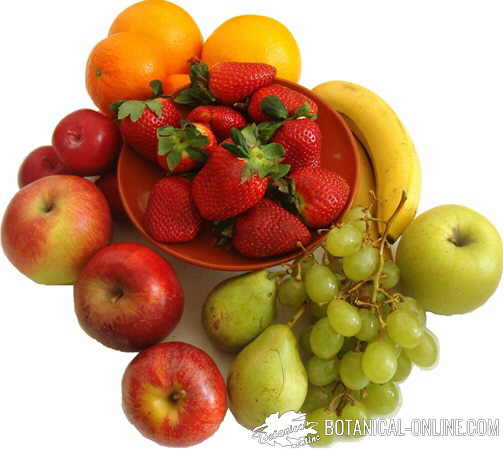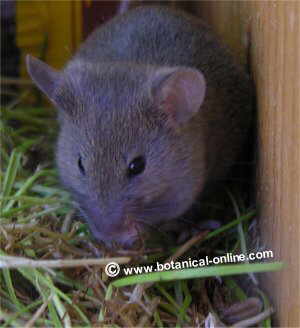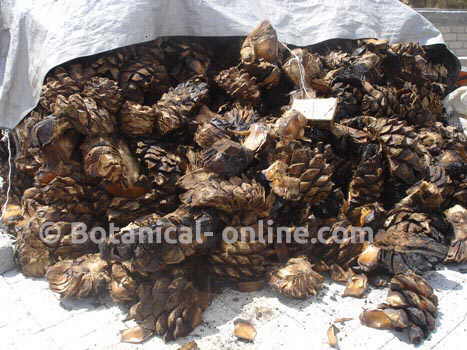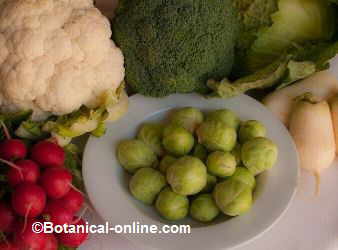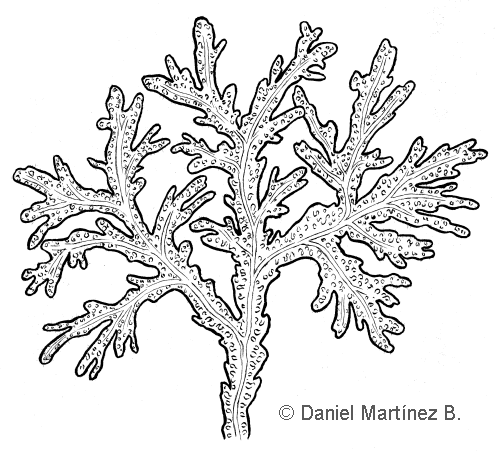Contents
How to grow soy
Tips for growing soy
It is recommended to cultivate organic soybeans and use ecological pesticides for cultivation. For information, we recommend going to the cooperative or group of farmers in your region.
Currently, there is a huge variety of types of transgenic soybeans and pesticides associated with these crops. This type of products end up by depleting the land and destroying the ecosystem, so that, in the future, that land will be infertile.
The pesticides used for transgenic soy are very aggressive for ecosystems and affect many types of plants and animals, many of which are beneficial (eg pollinators, soil protectors, good insects, etc.). In addition, some can contaminate groundwater, etc. It is better to choose other types of less agressive pesticides or, if possible, not to use them
According to experiences gathered, many farmers agree that organic farming is profitable and has a good performance, unlike the myths that circulate against it. (
* More information: Disadvantages of transgenic soybean / advantages of transgenic soybean
How to grow soybeans at home, in the garden or in a field?
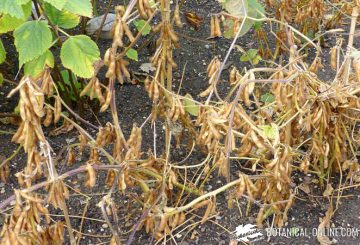
Soy is a fairly easy plant to grow. It requires a sunny exposure, tolerates many types of soil, although it prefers those sandy, fertile and well drained.
Even in less fertile soils, soybeans usually perform better than other grain legumes.
Type of soil for the cultivation of soybean
- Too much compacted soils should be avoided, because they make rooting difficult.
- The pH of the soil should be slightly acidic. Edaphic reaction: tolerates from 4.3 to 8.4 (prefers a range of 6 – 6.5)
Suitable climate for soy
- It is a plant of subtropical climates.
- For more northern areas, it is considered that the soybean of green seeds is the one that best adapts. This type of soy has a very tender grain and very good flavor.
- Sensitive to frost and extreme heat. It does not resist the winter well.
- High humidity conditions are not favorable.
Watering conditions
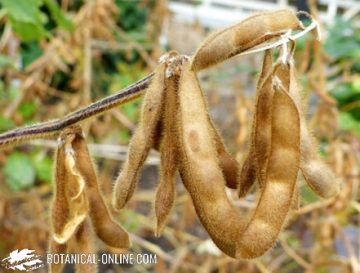
- For a good harvest, the minimum is 50 cm.
- Tolerates annual rainfall between the range of 31 to 410 cm.
Sowing of the plant
- Sow in seedbed in early spring. It can also be planted directly in the final place at the end of spring, although in this case, if the summer is very hot there will be no good production.
- Before sowing, it is recommended to soak the seeds for 12 hours in warm water.
- Normally germination occurs at 2 weeks at a temperature between 12 – 16 ° C.
- Transplant in pot or final soil when the seedlings are large enough to be manipulated.
Rotation of crops with soy
As a legume plant, the cultivation of soybeans is beneficial for the soil since in its roots it contains soil-fixing bacteria, which enrich the soil with nitrogen, naturally. That means that the following year, the cultivars that are sown in that area will have better performance.
The following year, in the same place where soybean has been planted, vegetables can be grown, such as potatoes, onions, eggplants or peppers (crop rotation).
When the soybean crop ends, it is best to take advantage of the roots, either leaving them on the ground and cleaning only the aerial parts of the plant, which is usually the most advisable, or using them for compost.
When plant remains are removed at the end of the growing season, it is best to remove only the aerial parts of the plant, allowing the roots in the soil to decompose and release their nitrogen.
* Related information:
![]() More information on soy
More information on soy

